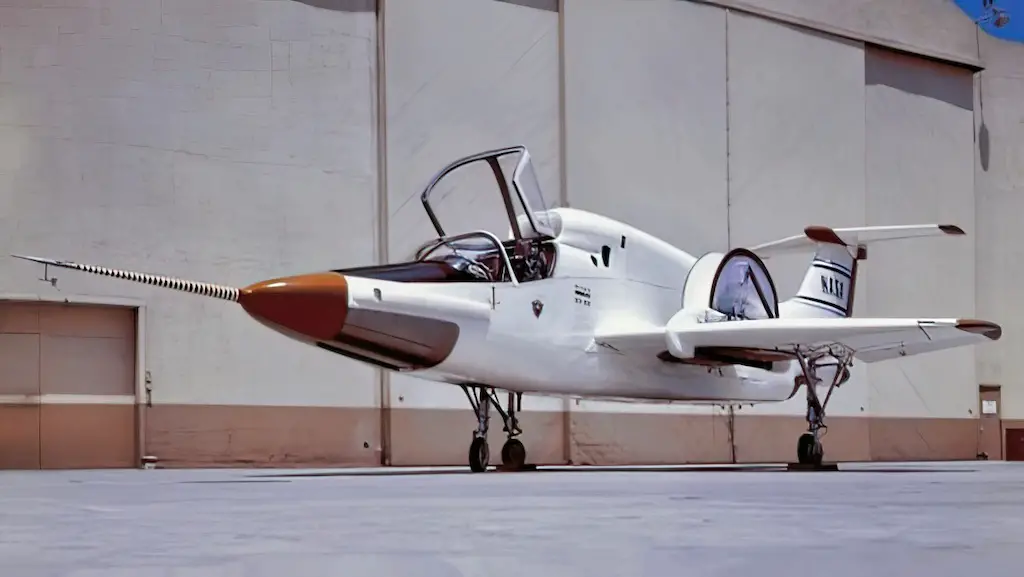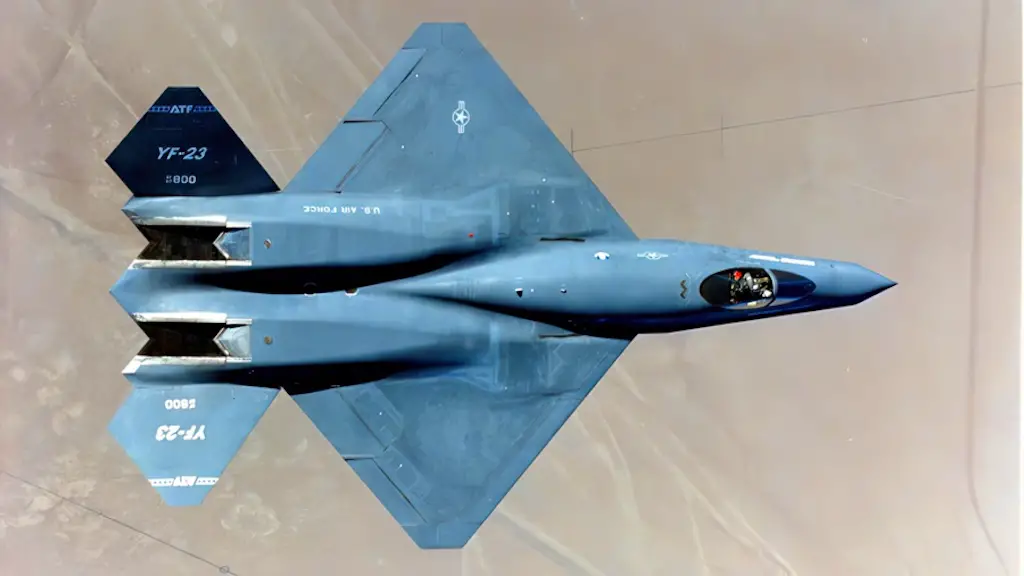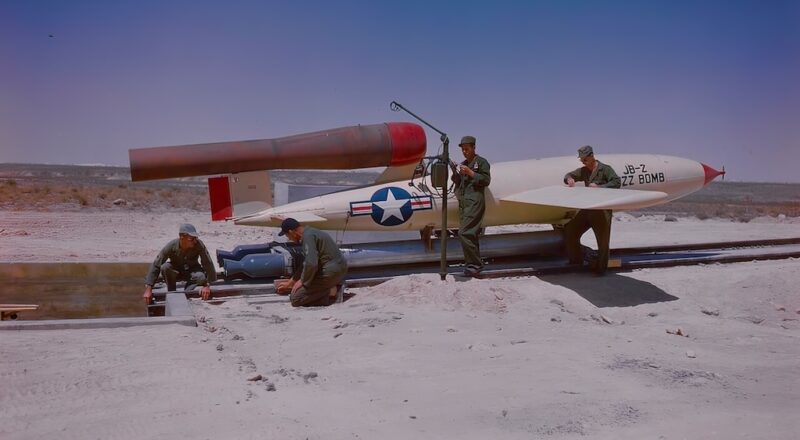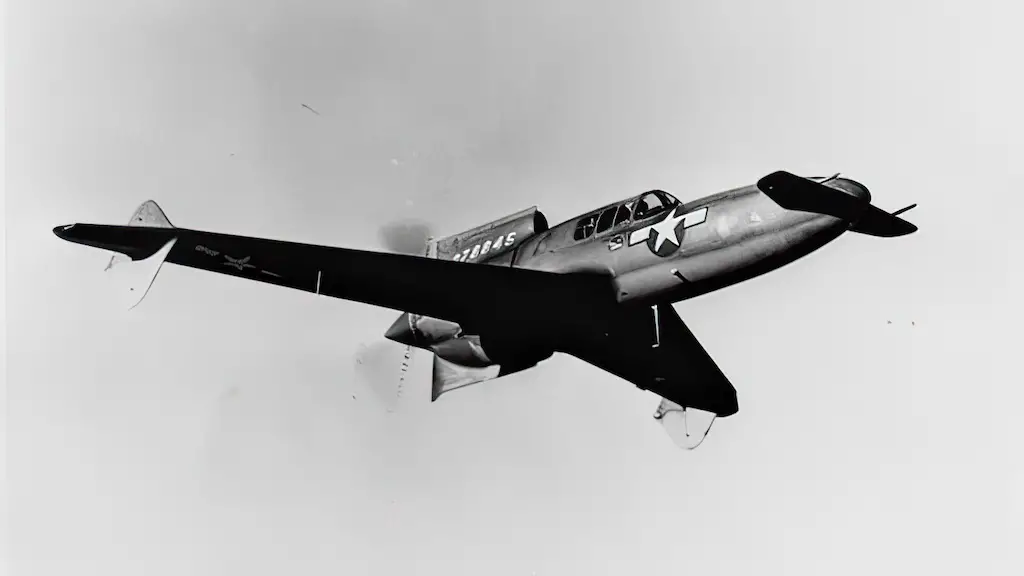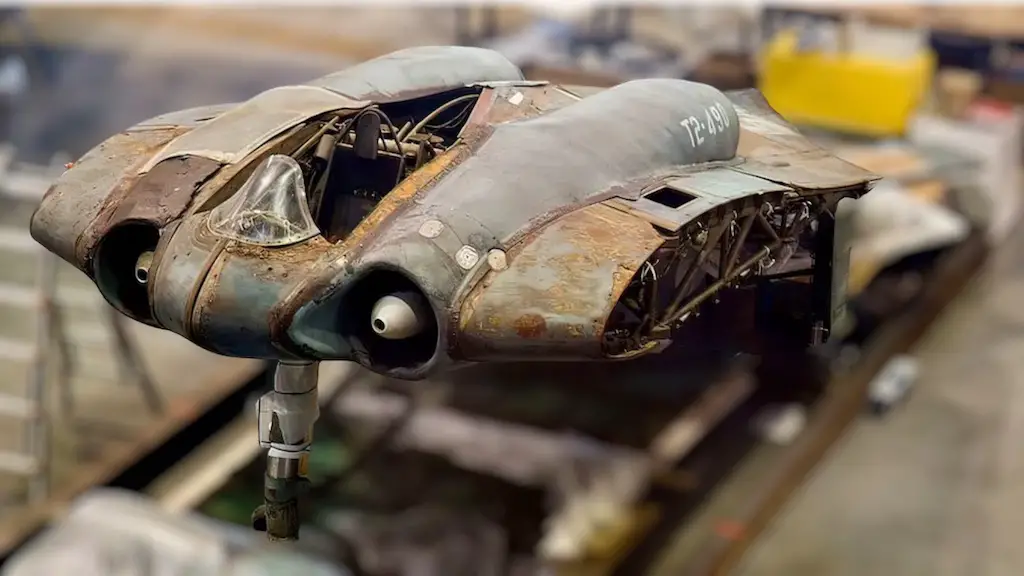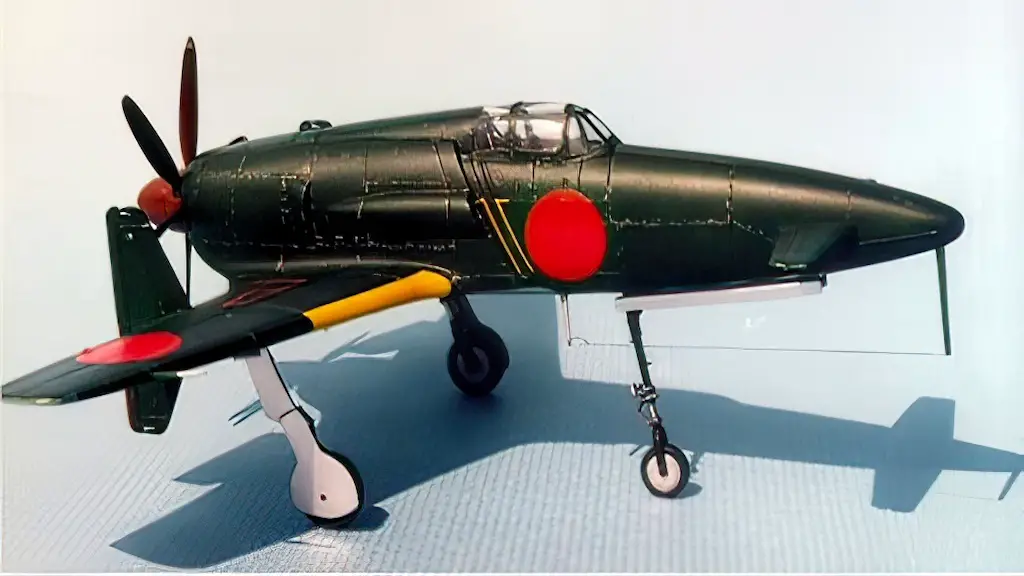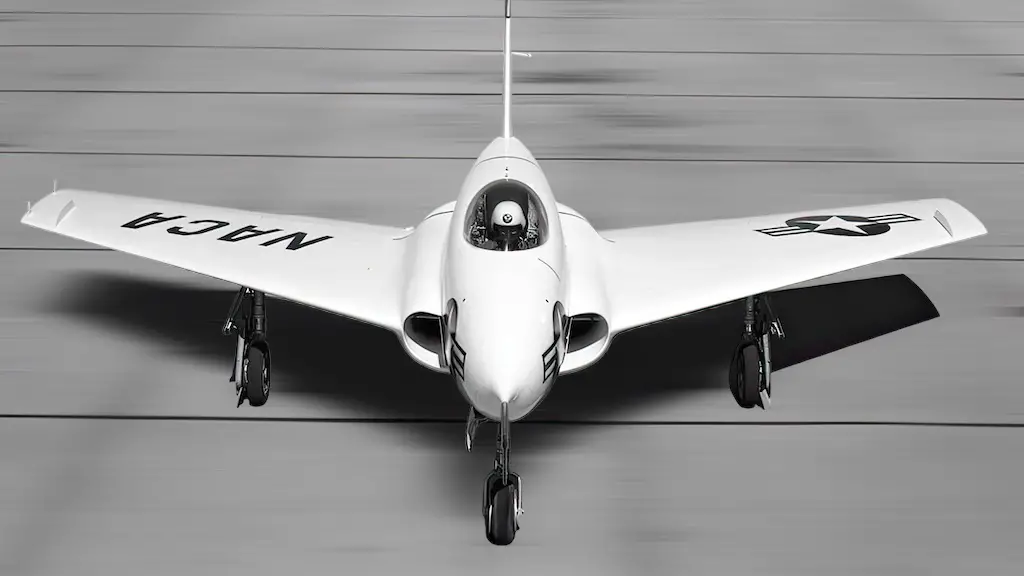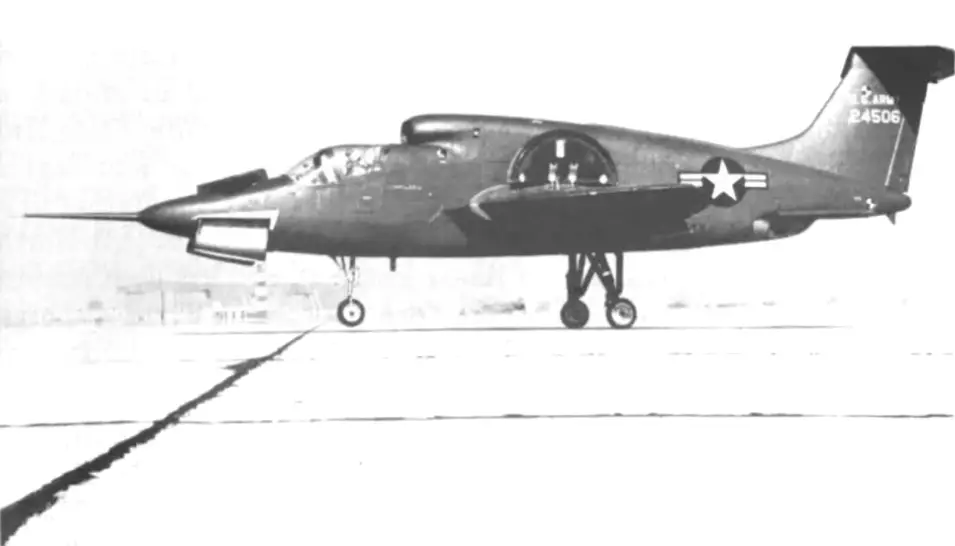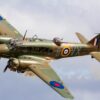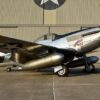VTOL Concept
Vertical takeoff and landing (VTOL) was all the rage in the 1950s. The Ryan Aeronautical Company made two forays into building VTOL aircraft during this time. It built the X-13 Vertijet tailsitter and the VZ-3 Vertiplane, which utilized the deflected slipstream principle. In the next decade the company went on experimenting with different VTOL concepts.
In 1964 it built two experimental Ryan XV-5A Vertifan as prototypes. These aircraft featured fans in the wings and nose that allowed them to take off and land vertically all whilst relying on conventional jet propulsion in horizontal flight. But did it actually work?
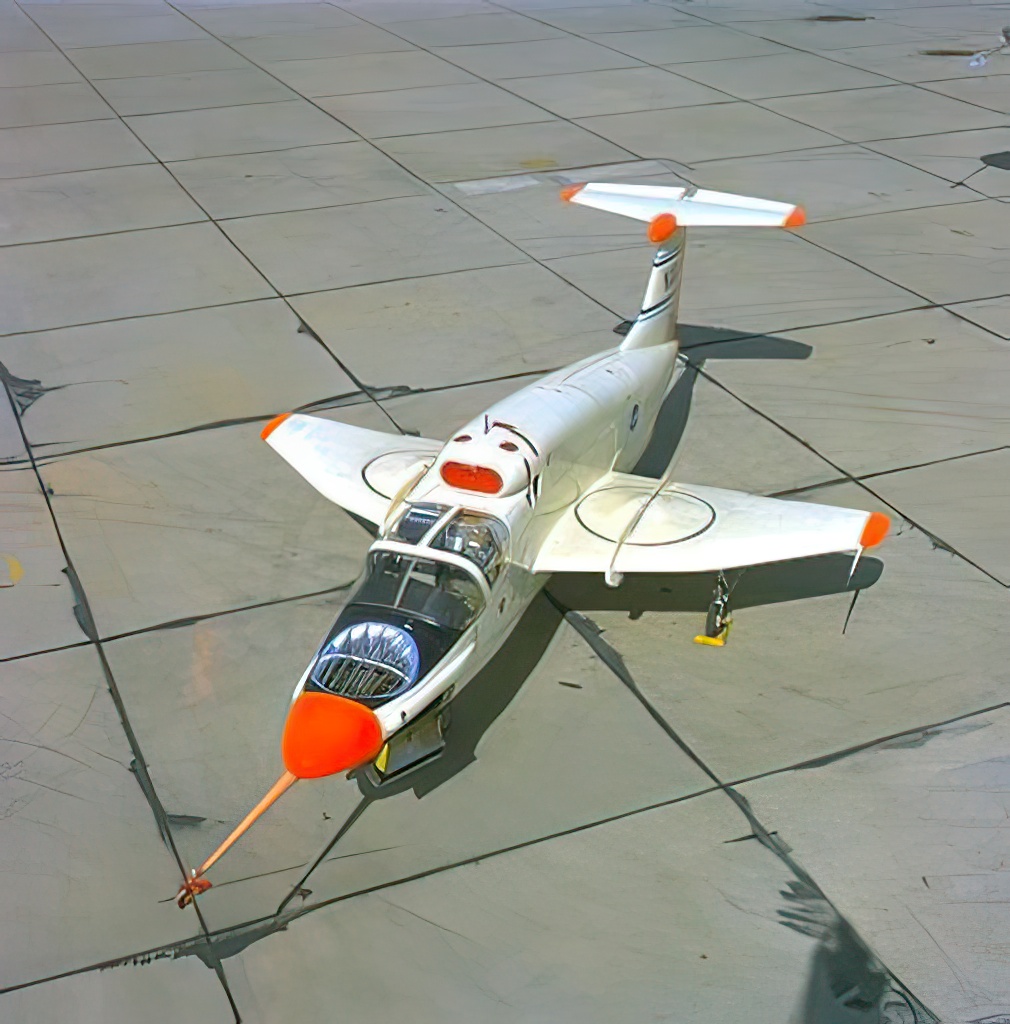
Up on three turning, ahead on two burning
Unlike most other VTOL aircraft, the Vertifan design did not prioritize use of moving parts that would have to tilt or rotate for the aircraft to transition from a vertical to horizontal flight. It had no tilting rotors or tilting wings. Thrust vectoring did not play a key role either.
Instead, the Vertifan used different types of propulsion for different modes of flights. During takeoff and landing it hovered with the help of two ducted fans in the wings supplemented by one more in the fore fuselage. In a forward flight it moved like any other jet with the fans at rest and covered by doors. Nevertheless, both modes of flight relied on XV-5’s two turbojet engines.
Two power plants for all purposes
The XV-5 had two specially designed 2,658-lb General Electric J85-GE-5 turbojets. They were mounted in the aft fuselage with the air intakes overlooking the cockpit. In horizontal flight they functioned like any other plane turbojets. In vertical flight their exhaust was diverted through ducting to move three vertically mounted fans.
The ones buried in the aircraft’s wings did the lifting and a smaller auxiliary fan in the nose provided pitch control. Louvered vanes underneath the wing fans allowed for vectoring the thrust fore and aft and providing yaw control. Each of the wing fans produced 7,500 lb of thrust, with total thrust generated by the three fans exceeding 15,000 lb. That’s more then three times the thrust generated by the plane’s engines when functioning as conventional turbojets.
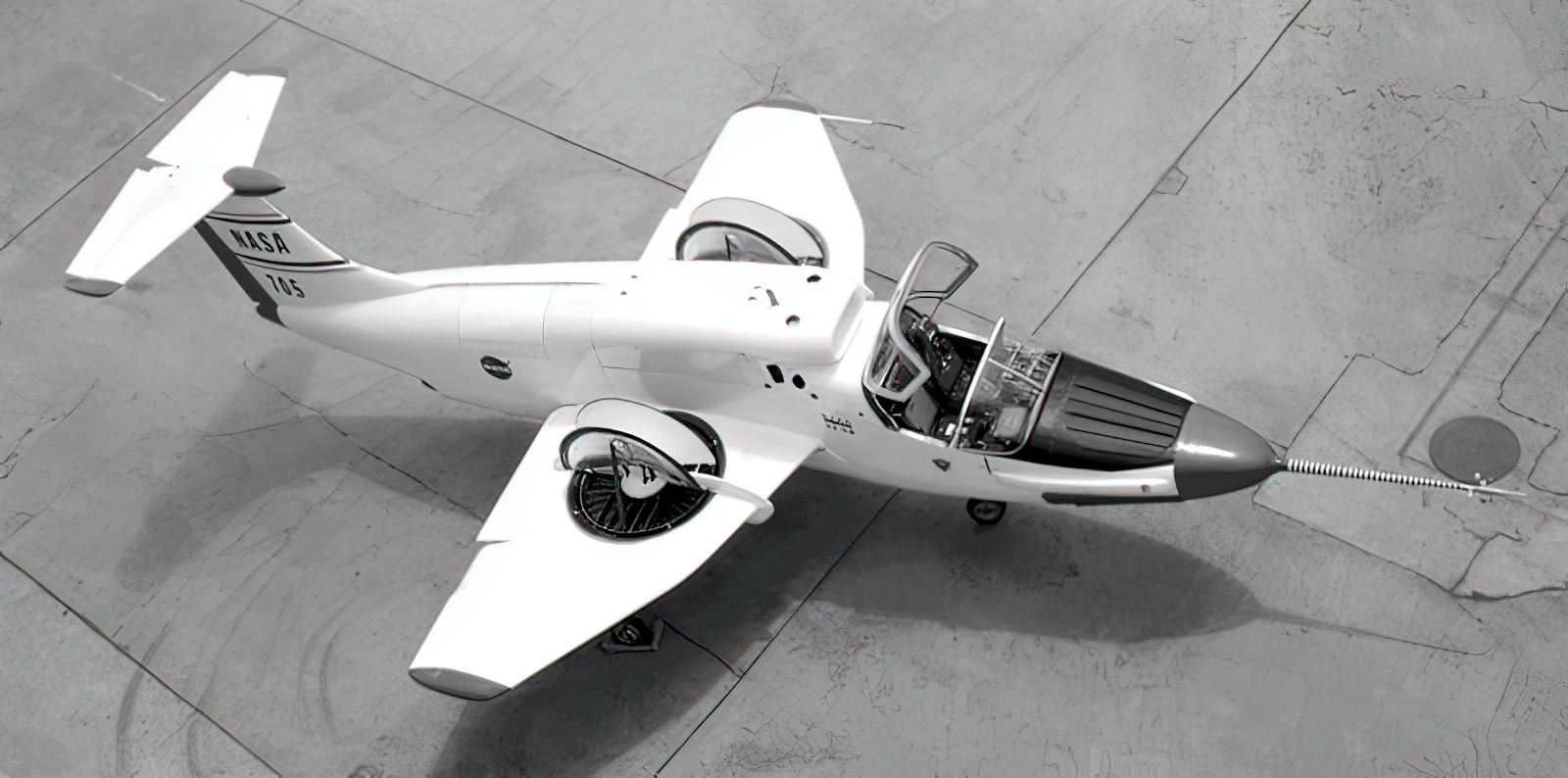
Possible military applications
Combining the flexibility of a helicopter with the high performance of a fixed-wing jet aircraft, the Vertifan could have many military applications. These would include battlefield surveillance, armed escort for transport helicopters, and search and rescue operations. In the latter capacity it would have an advantage over a helicopter because the XV-5’s downdraft was very dissipated in comparison to that of a chopper, thus presenting less danger to the personnel being evacuated.
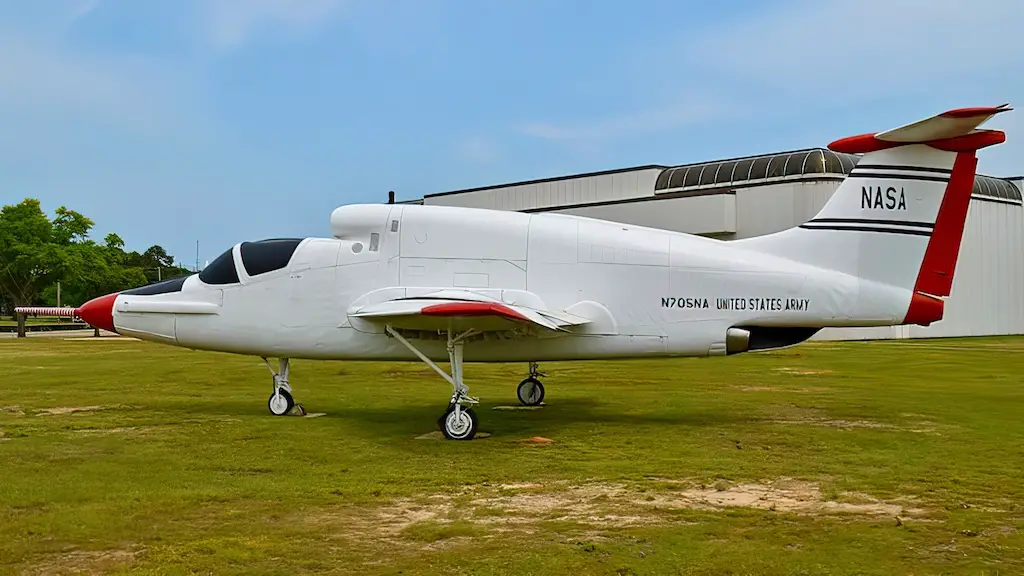
Ups and downs of the test program
The Vertifan made its first flight in May 1964, followed by first vertical flight in July of the same year. In horizontal flight its handling characteristics did not differ significantly from any similar aircraft. It could fly as fast as 546 mph and had a 1000-mile range. However, controlling it during landing was no piece of cake even for experienced test pilots.
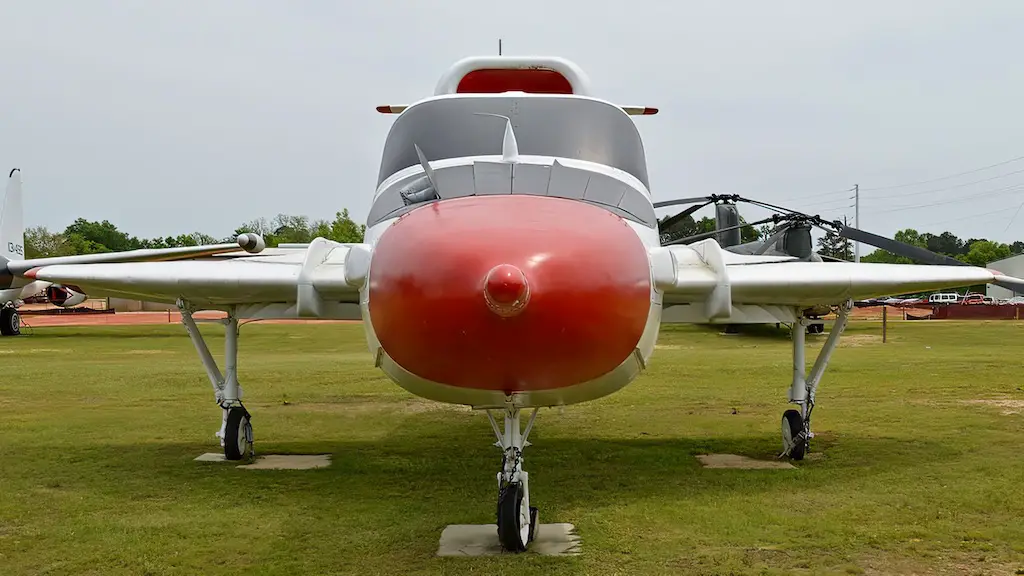
In April 1965 one of the prototypes was destroyed in a crash that cost test pilot Lou Everett his life. According to the investigation results, he inadvertently tripped the switch of conventional-to-vertical conversion. Everett went for a low-altitude bailout, but improperly rigged ejection seat failed to save him.

The second prototype was also involved in a bad accident during a test rescue mission. In October 1966, pilot Maj. Dave Tittle was fatally injured while egressing the aircraft after a horse collar sling got into one of the wing fans, causing the aircraft to roll to the left. This prototype was later rebuilt as XV-5B and handed over to NASA, which used it in research until 1971. Today it resides at the US Army Aviation Museum in Fort Rucker, Alabama.
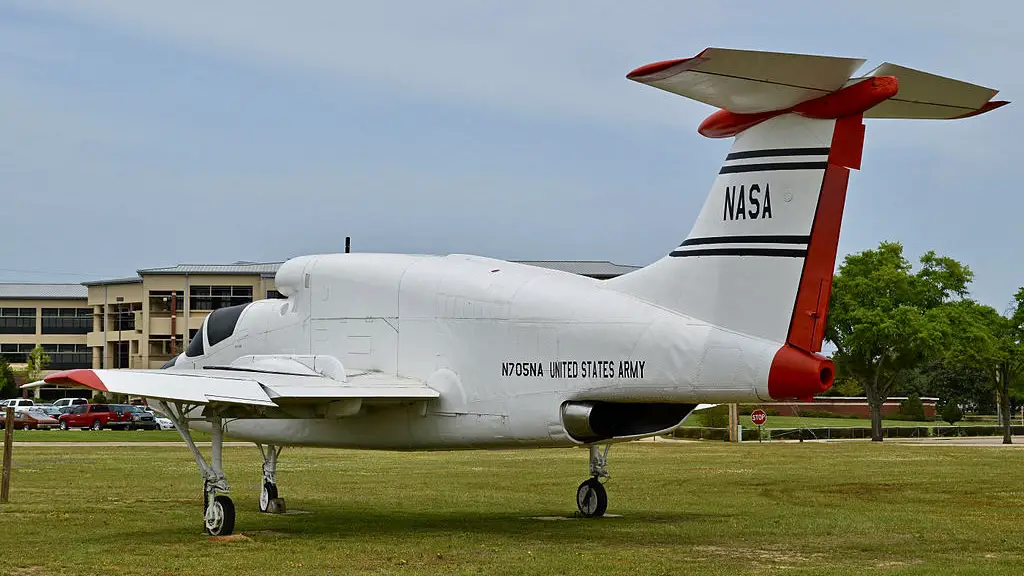
Despite all the aforementioned prospects, the Pentagon was not ready to adopt such a novel concept as Vertifan. Besides, it had significant downsides. For one, the lift fan system, although functional, occupied a lot of useful space inside the aircraft. It was quite heavy, too. For better or for worse, the aircraft never made it to the factory line.

